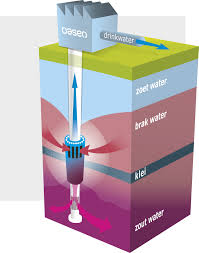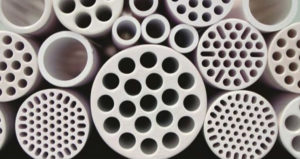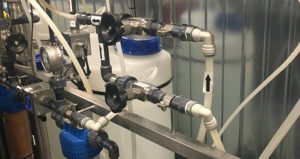Netherlands: Reverse osmosis goes underground

- 20 May 2014
-
 Loes Elshof
Loes Elshof
Share article:
Reverse Osmosis (RO) is a well-known technique for producing clean drinking water and desalination. Therefore normally groundwater is brought up to the surface and then treated in a nearby plant. Why not save the trouble of building a treatment plant and save money and energy as well?
The Dutch water treatment company Logisticon Water Treatment created together with partners the PURO-concept for a compact RO in the underground.
The basis for the PURO-concept is a deep drilled well, approximately 100 meters deep, in which a complete and compact RO unit with two filters is positioned vertically. In one step, anaerobic (oxygen-free) groundwater is treated with large 16-inch reverse osmosis membranes. This means that there is no need for extensive pre-treatment such as deferrisation and only clean, fresh water comes to the surface.
Brine
In addition to the purification underground, the salt (brine) that has been blocked and filtered out of the water is driven deeper underground. It then flows off to an even greater depth at which there is already a similar salt concentration, which means that no extra salination is expected. By utilizing the underground hydrostatic pressure, this treatment method is expected to result in energy savings of 40% as opposed to conventional treatment with reverse osmosis.
Pilot
The PURO-concept has been carried out at a pilot site in the Netherlands by Logisticon, in cooperation with local drinking water companies Oasen and Waternet, water drilling company Haitjema and the University of Delft.















